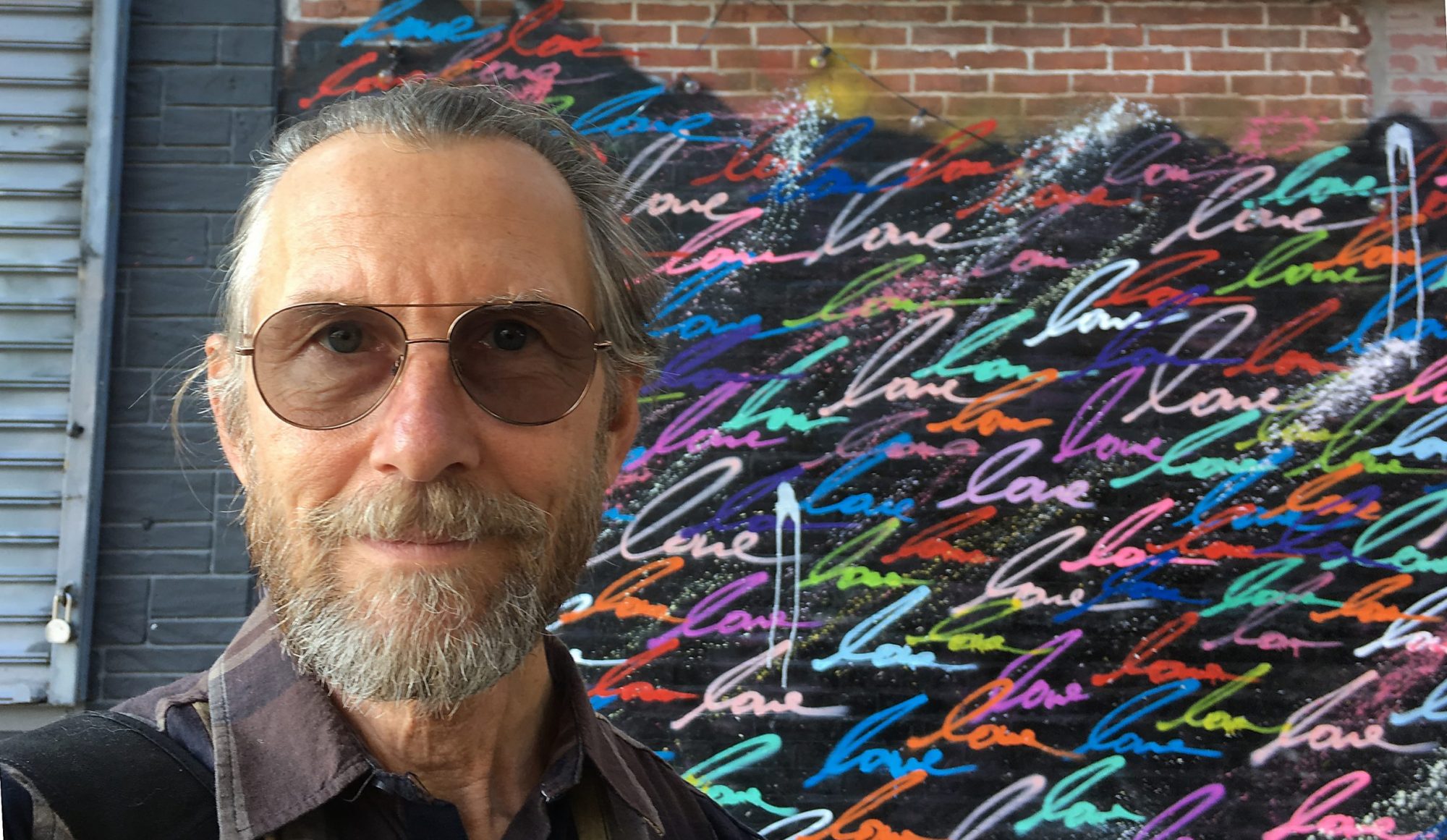 American yoga — and by its influence, most yoga outside of India — is undergoing a change not unlike what happened in the realm of art when the classical encountered Modernism. Unfortunately, the change is not going in a direction that makes sense. There are good reasons for both art and yoga to come up with new names for their old and new expressions. But who gets what name?
American yoga — and by its influence, most yoga outside of India — is undergoing a change not unlike what happened in the realm of art when the classical encountered Modernism. Unfortunately, the change is not going in a direction that makes sense. There are good reasons for both art and yoga to come up with new names for their old and new expressions. But who gets what name?
At the birth of the modern in art history, makers of art were no longer satisfied with expression through representation. The core of art — mining creative depths to get at an experience of truth — led artists to look to the realm of the idea behind the object manifested. Ideas of form, pattern, even — as in Tantra Yoga — rebellion and breaking taboos became the language. But even now, a century later (MoMA marks the transition to Modernism with Monet’s Water Lillies), I still constantly hear non-artists say, why is that art when facing certain non-representational works. I myself sometimes wish a new name had emerged for conceptual art, or documentary-style projects. It is hard to know what to expect when someone says, I am an artist. And yet, I have no doubt that Art, with a capital “A” has benefited from this change.
Not so with the move in yoga that I have witnessed during the past 30 years in which I have been practicing. When I learned yoga, books and teachers described the practice of yoga as a holistic process for gaining control of the mind — in other words, they drew on classic yoga. One could say the Tantric yogis of the middle ages created the first modern stir when they introduced yoga postures as a way to use the body to help get at what had always been achieved by meditation and devotional practices. Yet their aim was the same. Like the modernist artists, they pursued the goal of truth: Om Tat Sat (seeing the true nature of the universe before you). They still held that yoga, as Patanjali wrote, was the stilling of the mental fluctuations, i.e. intellectualizing – Yogas citta vrtti nirodha.
When yoga in America moved into the realm of exercise, I wish it had changed its name. Because now, a tradition thousands of years old is being redefined. Like many things in contemporary corporate America, especially in sales and politics, we can now be told something is what it is not with impunity. Who can argue that yoga is not exercise when the majority of yoga practiced in America is done in gyms or in studios where there is no interest in seeing the nature of the universe, but rather in accomplishing a perfect physical form? And when I follow a twitter hash tag marked #yoga and watch endless chat about going to class, needing a workout, lose weight now, needing a sweat — or today’s favorite: Take a free #yoga class with a #Victoria’s Secret model… — I realize how far we have to go to get back to the ashram, so to speak. It’s not unusual for even yoga teachers, who have 200 – 500 hours of training, including philosophy, to say “yoga and meditation” as though yoga is not meditation.








